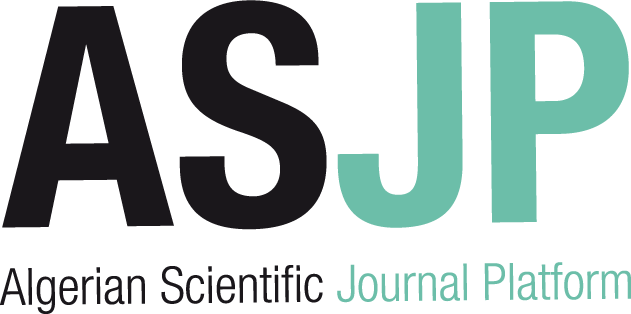[article]
| Titre : |
Review of hydraulic roughness scales in the fully rough regime |
| Type de document : |
texte imprimé |
| Auteurs : |
Karen A. Flack, Auteur ; Michael P. Schultz, Auteur |
| Année de publication : |
2010 |
| Article en page(s) : |
10 p. |
| Note générale : |
fluids engineering |
| Langues : |
Anglais (eng) |
| Mots-clés : |
Surface roughness |
| Résumé : |
A review of predictive methods used to determine the frictional drag on a rough surface is presented. These methods utilize a wide range of roughness scales, including roughness height, pitch, density, and shape parameters. Most of these scales were developed for regular roughness, limiting their applicability to predict the drag for many engineering flows. A new correlation is proposed to estimate the frictional drag for a surface covered with three-dimensional, irregular roughness in the fully rough regime. The correlation relies solely on a measurement of the surface roughness profile and builds on previous work utilizing moments of the surface statistics. A relationship is given for the equivalent sandgrain roughness height as a function of the root-mean-square roughness height and the skewness of the roughness probability density function. Boundary layer similarity scaling then allows the overall frictional drag coefficient to be determined as a function of the ratio of the equivalent sandgrain roughness height to length of the surface. |
| DEWEY : |
620.1 |
| ISSN : |
0098-2202 |
| En ligne : |
http://fluidsengineering.asmedigitalcollection.asme.org/issue.aspx?journalid=122 [...] |
in Transactions of the ASME . Journal of fluids engineering > Vol. 132 N° 4 (Avril 2010) . - 10 p.
[article] Review of hydraulic roughness scales in the fully rough regime [texte imprimé] / Karen A. Flack, Auteur ; Michael P. Schultz, Auteur . - 2010 . - 10 p. fluids engineering Langues : Anglais ( eng) in Transactions of the ASME . Journal of fluids engineering > Vol. 132 N° 4 (Avril 2010) . - 10 p.
| Mots-clés : |
Surface roughness |
| Résumé : |
A review of predictive methods used to determine the frictional drag on a rough surface is presented. These methods utilize a wide range of roughness scales, including roughness height, pitch, density, and shape parameters. Most of these scales were developed for regular roughness, limiting their applicability to predict the drag for many engineering flows. A new correlation is proposed to estimate the frictional drag for a surface covered with three-dimensional, irregular roughness in the fully rough regime. The correlation relies solely on a measurement of the surface roughness profile and builds on previous work utilizing moments of the surface statistics. A relationship is given for the equivalent sandgrain roughness height as a function of the root-mean-square roughness height and the skewness of the roughness probability density function. Boundary layer similarity scaling then allows the overall frictional drag coefficient to be determined as a function of the ratio of the equivalent sandgrain roughness height to length of the surface. |
| DEWEY : |
620.1 |
| ISSN : |
0098-2202 |
| En ligne : |
http://fluidsengineering.asmedigitalcollection.asme.org/issue.aspx?journalid=122 [...] |
|


 Ajouter le résultat dans votre panier Faire une suggestion Affiner la recherche
Ajouter le résultat dans votre panier Faire une suggestion Affiner la rechercheReview of hydraulic roughness scales in the fully rough regime / Karen A. Flack in Transactions of the ASME . Journal of fluids engineering, Vol. 132 N° 4 (Avril 2010)











